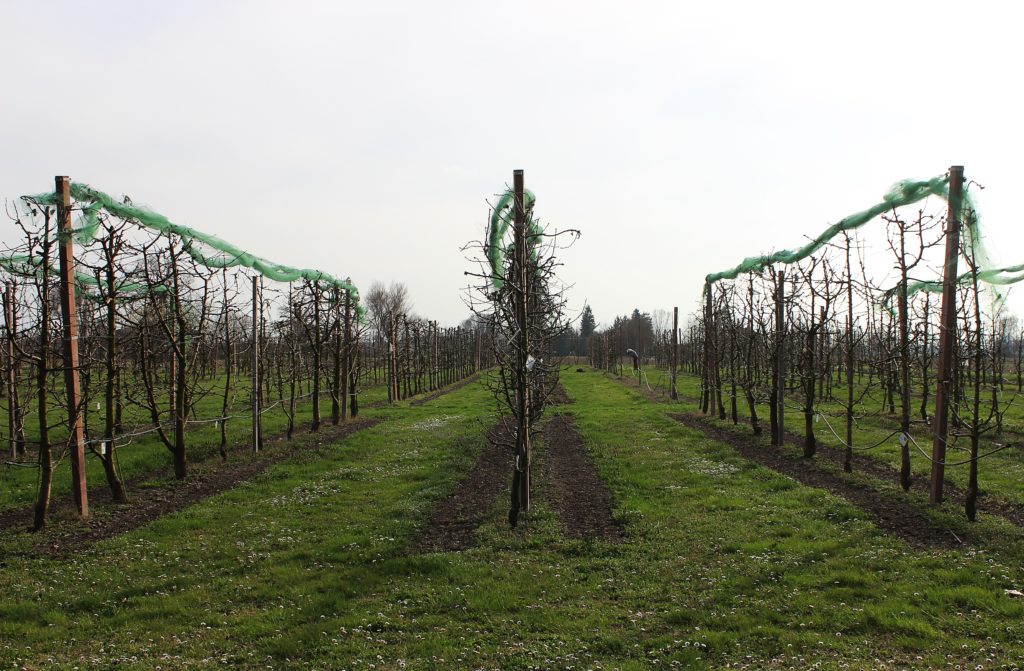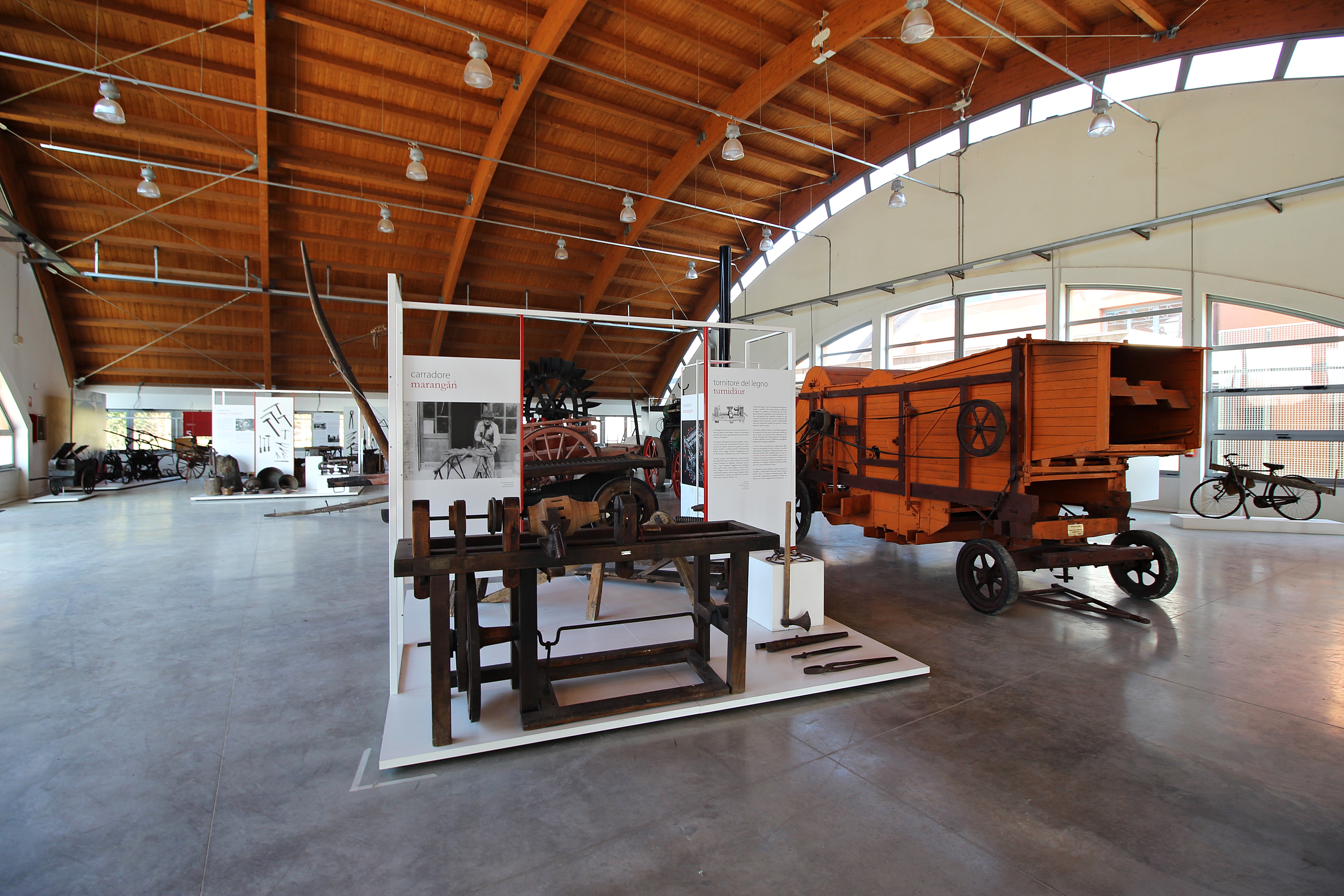Today, Bologna and the Emilia Plain is one of the most modern, advanced and industrialized areas in Italy. But the region’s roots are agricultural, a kind of work that has mostly disappeared in the everyday life of the most people. However, no less than fifty years ago it was the base of the economy and social relations outside the main cities.
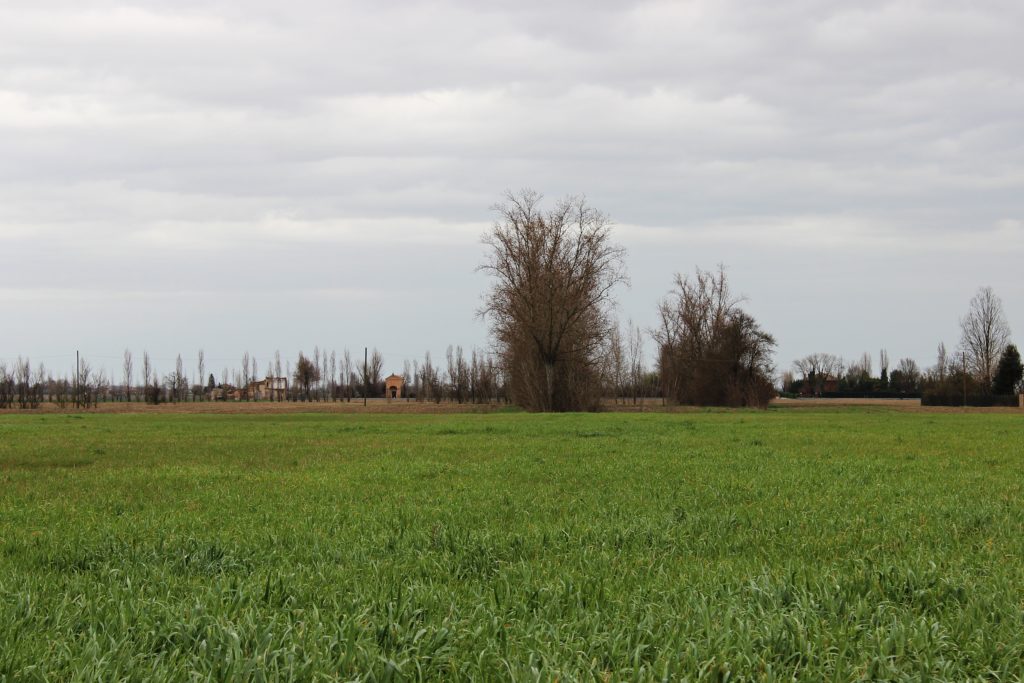
Italy’s rapid post war industrialization as well as innovation in agricultural techniques radically changed rural communities, which until then had been static for centuries. The disappearance of a farming society also meant the disappearance of tools, objects, machines and other things that were once commonplace. For many people this was just old stuff to throw away, but others knew that this “junk” had a cultural value. It was the witness of a civilization that had lasted and dominated for such a long time.
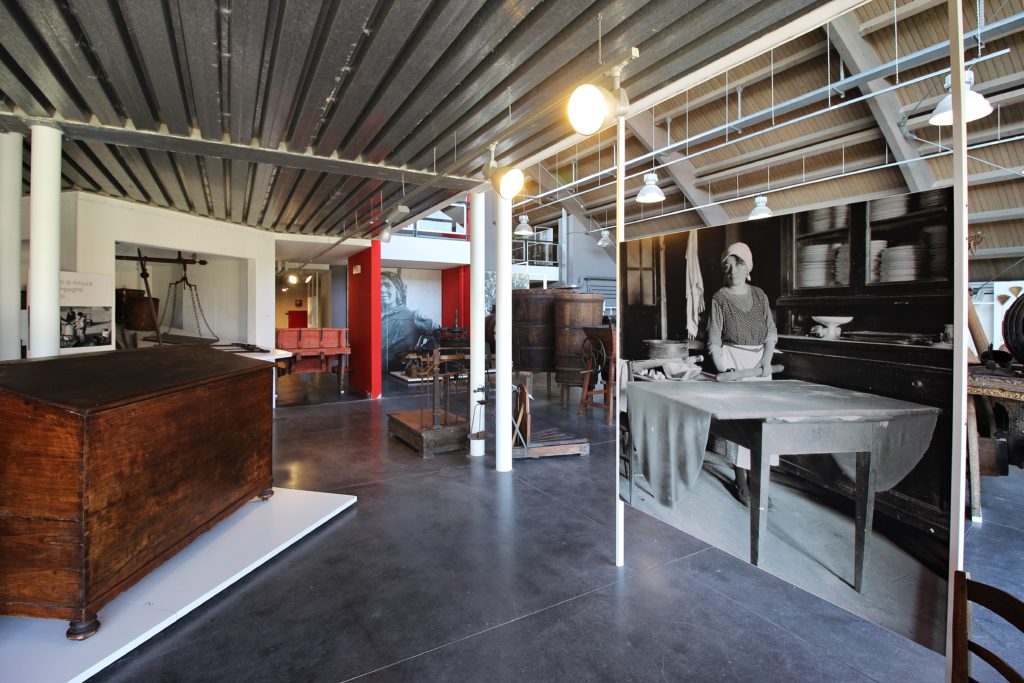
Enthusiasts started collecting these objects, mainly in a spontaneous way: just putting the items in barns or warehouses to save them from waste and neglect. North of Bologna, an association of old farmers called Gruppo della Stadura began collecting in the sixties. The group started with a stadura, or a sort of steel beam used as a brake on oxcarts. As the collection grew, it was successfully shown in several exhibitions across the region and the forward-looking local authority decided to use it for a new museum about farming culture (Museo della Civiltà Contadina).
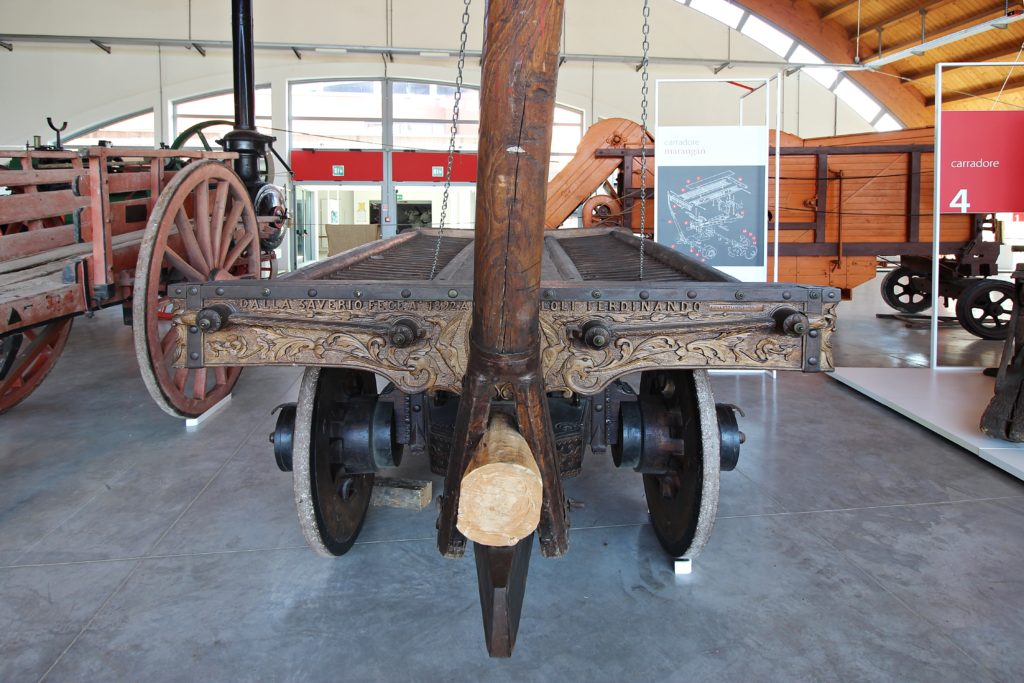
Bologna’s provincial government chose the beautiful countryside residence, Villa Smeraldi in 1973 as the location for the new exhibition. A park surrounds the villa, adding to its rural atmosphere. All the farming items were meticulously classified and the collection steadily grew over the years. The museum still accepts donations from local people. Localism is the only restriction that has to be respected in the reception of new objects, as the museum wants to show the peasant and farming culture of Bologna. All the exhibits are written in Bolognese dialect first, then in Italian. On the other hand, there is no restriction about the type of objects, as the museum doesn’t cover only the work history but also the everyday life of the peasants.
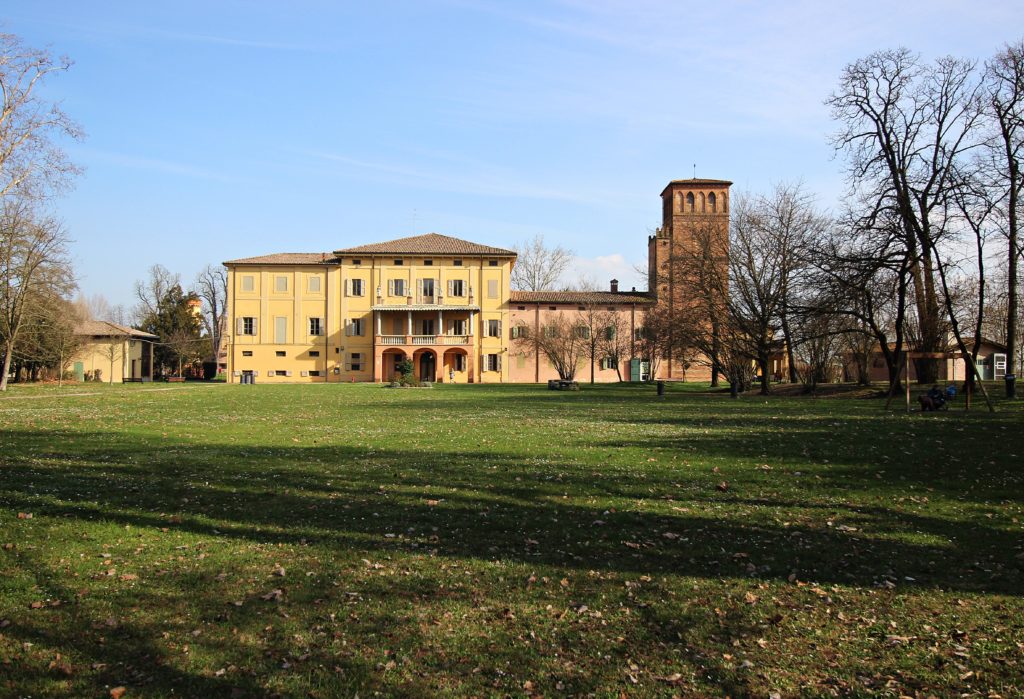
Today the museum is among the biggest in Italy dedicated to the farming culture. The most important exhibition is the one dedicated to hemp, once widely grown as one of the major regional crops. Hemp production drovethe rural economy for centuries until the Industrial Revolution. By the late 19th century, an influx of mass-produced textiles outcompeted the hemp fabric. Profits from hemp textile production soon dwindled and disappeared from the region altogether. The museums also tell the history of another plantation that had a substantial impact on the local industrialization: beetroot. Its industrial processing kicked off in the second half of the 19th century and transformed the landscape of the Emilian plain, marked by imposing sugar mills that employed thousands of workers. Both hemp and sugar production are today just a memory of the past, and the museum preserves this memory.
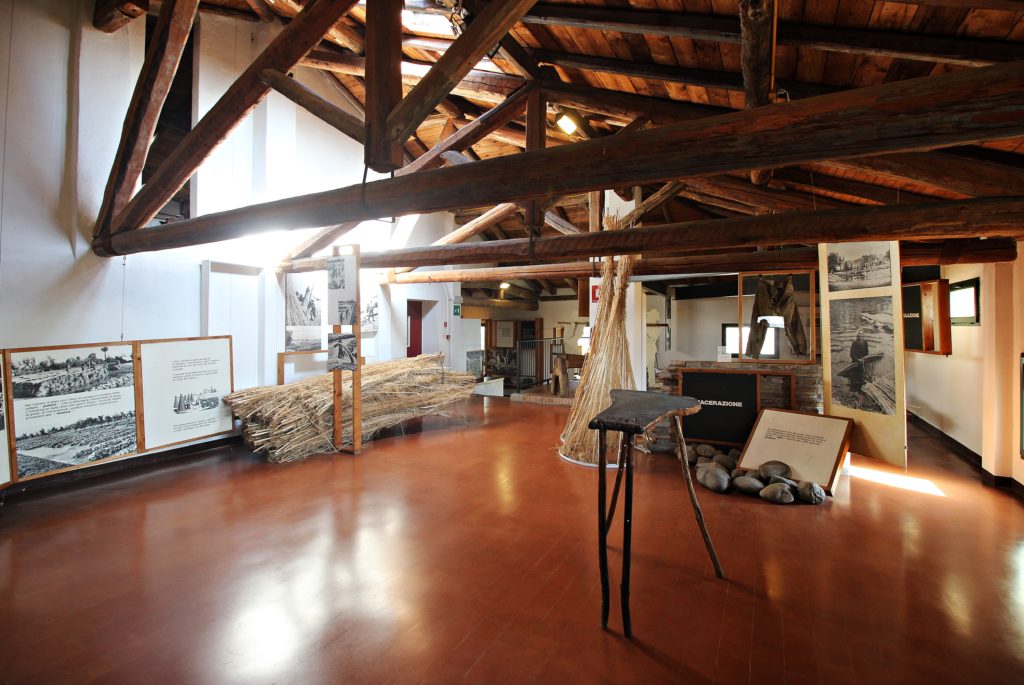
The hemp exhibition lies next to the villa, where you can visit a reproduction of a farmhouse kitchen with original furnishings. In recent years the museum enlarged the exhibition with the addition of a new pavilion. The classic exhibition of agriculture techniques, tools and machines is flanked by situations and objects of the everyday life, to mark how the “farming society” went beyond the farm and involved all the aspects of community’s life. The exposition is not passive, as several workshops are organized, especially with schools, to keep alive traditional culture. For instance, the old classroom (an original one taken from a local school) is used to teach the children how to write with pen and ink bottle.
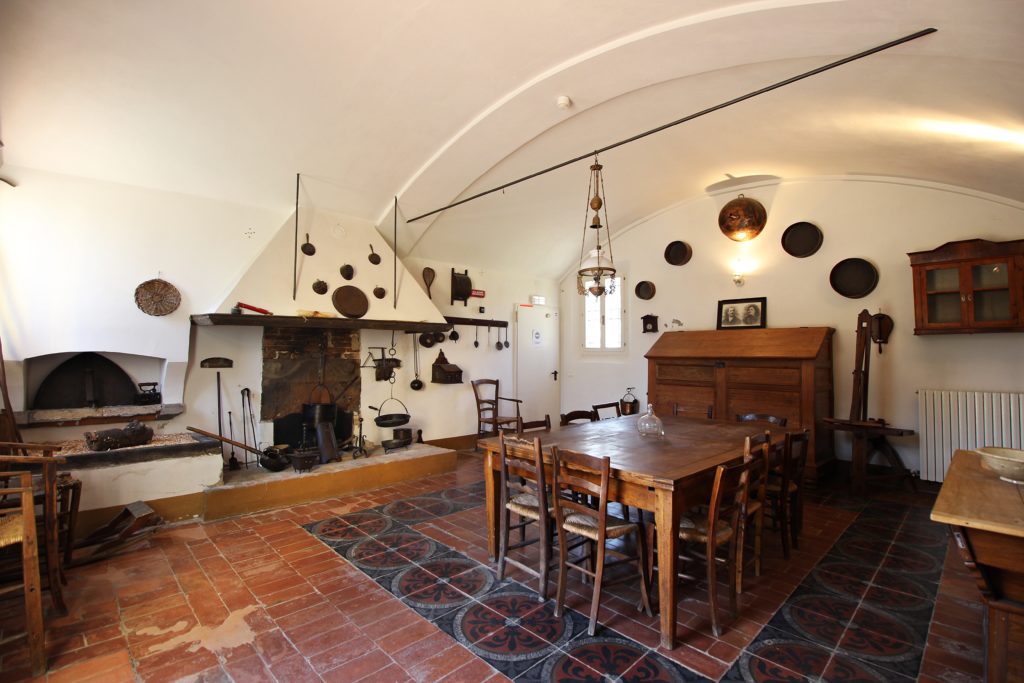
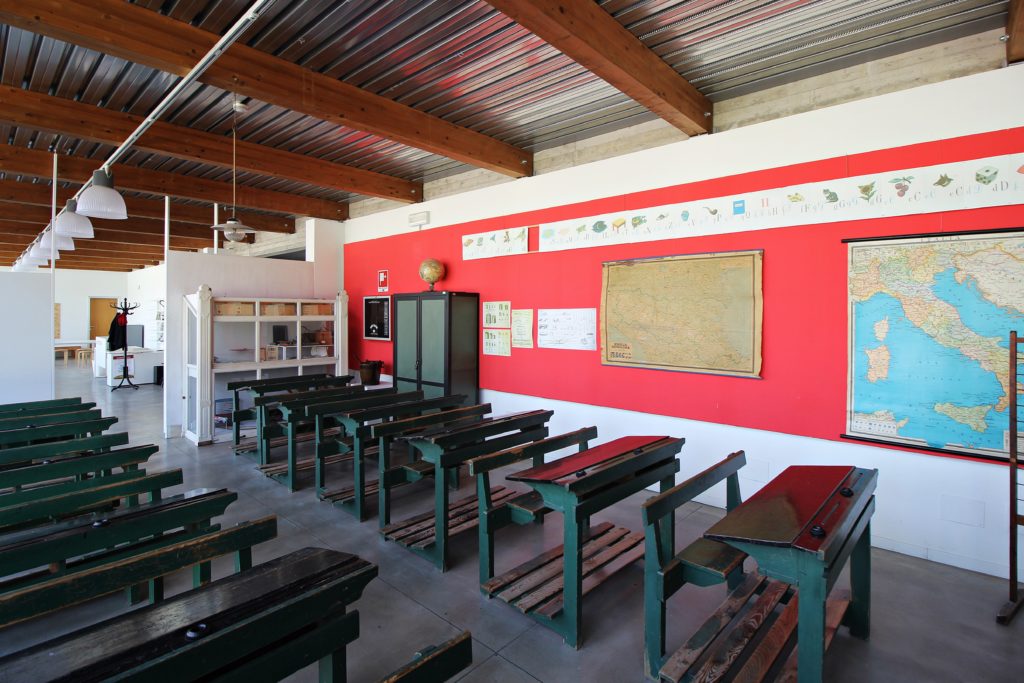
Outside, you can enjoy the park behind the villa with a romantic lake, or go to the orchard, where visitors can adopt one of the growing trees and, each year, pick their own fruit. Another example that shows how this museum lives on the continuous exchange with the local community, instead of being a mere, passive showcase of the past. The peasant culture is a deeply rooted part of the local identity, that will last in the people’s culture for many years after agriculture is no longer the most important source of income, with the precious help of the museum of Villa Smeraldi.
www.museociviltacontadina.bo.it
